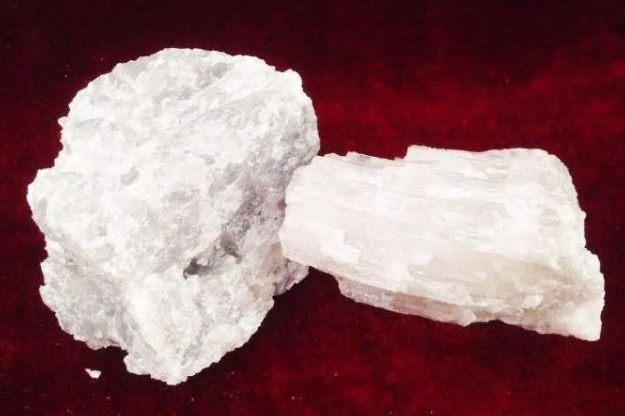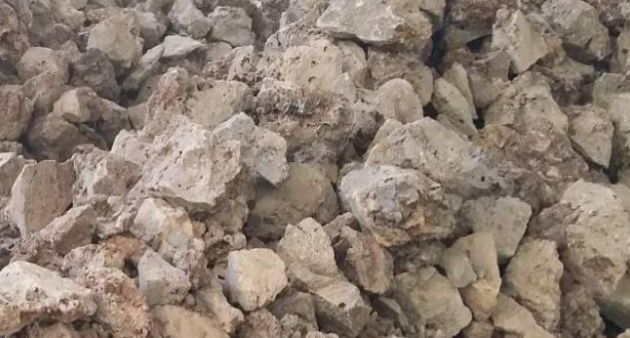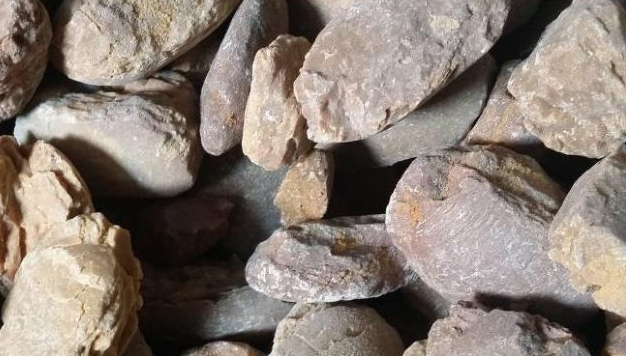The main raw materials for the production of magnesia carbon bricks are: magnesia, graphite, phenolic resin; in addition, there are some subsidiary additives such as: aluminum powder, silicon powder, silicon carbide, high temperature asphalt powder and so on.
The production of magnesia carbon bricks is actually the process of combining these raw materials in an appropriate proportion. According to different use environments and requirements, various formulas can be designed at different prices, and it is particularly important to choose suitable raw materials. The following is magnesium Taking sand as an example, discuss how to choose the most suitable magnesia for the production of magnesia carbon bricks.
Fused magnesite is made of high-quality magnesite as raw material through electric arc furnace melting and crystallization, and sintered magnesite is mainly obtained by calcining magnesite at 1550~1800℃ with coal or natural gas as the main fuel.
These two kinds of magnesia have their own advantages. Fused magnesia has high purity and large grains, small pores and high density, and strong slag resistance, but the production cost is high; sintered magnesia has small grains compared with fused magnesia. , with large pores and low density, but its production cost is relatively low
According to the actual raw materials used by the enterprise, the magnesia that is more suitable for the production of magnesia-carbon bricks generally has the following types:
01
Large crystal magnesia
Large crystalline fused magnesia is mainly made of high-purity light-burned magnesia with a magnesia content of 91%-92%, which is melted and kept warm in an electric arc furnace. The appearance of this product is generally white and transparent, and some are slightly off-white or light yellow depending on the content of impurities.
It has high purity, large crystal particles, high density, good slag resistance, and strong thermal shock resistance. It is used for It is an important raw material for making high-temperature electrical insulation materials, and is also an important raw material for making various high-grade refractory materials such as high-grade magnesia bricks and magnesia-carbon bricks. At the same time, it is also widely used in metallurgical industry, chemical industry, national defense research, aerospace and aviation, etc.

02
Ordinary fused magnesia
Ordinary fused magnesia enterprises are referred to as fused magnesia, which is mainly made of magnesite ore with a content of more than 47%, which is melted and kept warm in an electric arc furnace. Fused magnesium has large grains, high density, low porosity, and good slag resistance.
Compared with large crystal fused magnesia, the grains are much smaller and the slag resistance is poorer. It is often used as insulating material for high-temperature electrical appliances, and it is also the main raw material for making various high-grade refractory materials such as high-grade magnesia bricks and magnesia-carbon bricks. Its main use is on refractory materials.

03
High-purity magnesia (high-purity ball)
High-purity magnesia is made of high-purity magnesite ore, which is first lightly burned, then ground, pressed into balls, and calcined in an ultra-high temperature shaft kiln. It is used to produce magnesia bricks, magnesia-carbon bricks, pouring products and various The main raw material of monolithic refractories.

The magnesia suitable for the production of magnesia-carbon bricks is basically the above types, among which the magnesium content of large crystal magnesia is generally above 97%, the magnesium content of ordinary fused magnesia is generally above 96%, and the magnesium content of high-purity magnesia is generally 96.5 % or more, such content of magnesia can be used to produce magnesia-carbon bricks. If the magnesia taste is lowered, it will easily cause product quality problems. The quality of products obtained by different magnesia selections is also very different.
The content of magnesia is only one factor when choosing magnesia, and the density of magnesia is also an extremely important factor. Under the same premise of the production process of fused magnesia, theoretically, the higher the magnesia content, the smaller the pores. The higher the density, as shown in Figure 2, Figure 3, and Figure 4. However, driven by economic interests, some situations are not so, so when we choose magnesia, we must pay attention to it. In addition to the content of magnesia, it also depends on the density of magnesia, especially for the purchase of granular materials. Especially important for manufacturers.
Fuel cost is the most important cost for the production of magnesia, whether it is fused magnesia or sintered magnesia, so now many manufacturers have greatly reduced the time of electric melting and sintering in order to reduce production costs. To reduce energy consumption, this will bring a lot of negative effects, the most prominent is the under-burning of raw materials. For magnesia, under-burning is manifested in the small grain size of magnesia, the density is not up to standard, and fine grains after crushing Lots of powder.
When magnesia-carbon bricks first appeared, sintered magnesia was mostly used in the production of magnesia-carbon bricks abroad, but after research, it was found that magnesia and graphite had the following reactions at high temperatures:
MgO(s)+C(s)=Mg(g)+CO(g)
Studies have shown that this reaction begins to occur at 1600°C, and the reaction speed increases as the temperature increases. This process is one of the important reasons for the oxidation of graphite and the loss of magnesia-carbon bricks. The damage of magnesia-carbon bricks is first caused by the oxidation of graphite on the working surface under the action of various oxides in the slag and O2 and CO2 in the environment. A loose decarburized layer is formed, and then the molten slag penetrates into the loose decarburized layer and reacts with magnesia to form a low-melt material, which reduces the strength of the magnesia-carbon brick and accelerates the damage. Impurities contained in magnesia, such as SiO2, Fe2O3, etc., can accelerate the entire reaction process, so when we choose magnesia, we hope that the impurities are as low as possible.
Compared with sintered magnesia, fused magnesia has larger crystal grains, better density, lower porosity, and strong slag resistance, especially the effect of large crystal magnesia is better. In addition, the higher the content of magnesium oxide, the lower the corresponding amount of harmful impurities, especially silicon dioxide, the lower the content of silicon dioxide, the less low-melting silicate produced in the product at high temperature, and the less low-melting , the lower the probability of reaction with graphite, the better the performance of the product. The larger the grain size, the higher the degree of direct bonding of the product, and the less the liquid phase at the grain boundary, so as to prevent the slag from eroding the product from the liquid phase at the grain boundary.
Therefore, with the development of magnesia carbon bricks, in order to improve the performance of products, fused magnesia began to be used in the production of magnesia carbon bricks. However, due to the high density of fused magnesia, low porosity, and poor wettability of the binder, sintered magnesia can make up for this problem, so sometimes fused magnesia and sintered magnesia are used together. Due to the poor market conditions in recent years, sintered magnesia occupies an increasing share in the production of magnesia carbon bricks.
According to the results of the use of magnesia-carbon bricks in steel mills, magnesia-carbon bricks with relatively good on-site use effects are generally produced with magnesia with high magnesia content, high density, large crystal particles, and high calcium-silicon ratio.